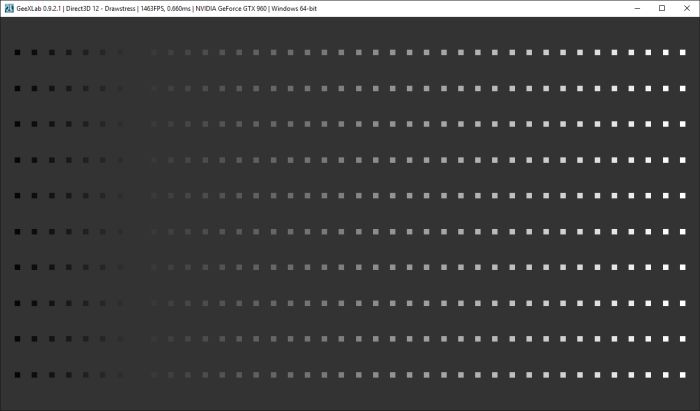

So it's good idea to catch up with DX11 or DX12 if u can īasically, I was wondering how much has changed between the 3 versions? In what areas is it totally different and wouldn't translate directly. I won't explain those here, but these are new Rendering features which are now supported on hardware running with DX12, which were not supported by hardware running with DX7 They never wait 🙂įor example, if you don't know what a Raytracer is or a Mesh Shader is then you need to catch up. These differences emerge because the hardware manufacturers of video cards keep evolving those cards. Even DX12 has already got many differences from DX11 If you stick to DX7 in hope that you can easily switch to DX11 or later in the future, you would indeed run into a lot of problems because of the vast differences between them. If you follow DX11 books or tutorials, you would be more update with current methods of rendering than with DX7. If I was to follow along using DirectX11 would I run into a lot of problems? and more… (performance, stability, picture clarity, etc…).With DX7 the image rendering was purely done through a fixed rendering pipeline, today with DX11 or later, this pipeline is no longer fixed (it is programmable).the output image produced by each of these renderers for this Object data has improved over the years.

the way you would feed your 2D/3D Object data to each of these renderers has changed over the years.Now, here are some of the differences between dx7, dx9 and dx11 : Then the renderer can be a DX7 renderer, a DX9 renderer or DX11 renderer or later… Ok so i assume that u understand that the fundamental concept in rendering a 2D or 3D object is essentially this: I was wondering what the coding difference is between DirectX7 - DirectX9 and DirectX11?


 0 kommentar(er)
0 kommentar(er)
